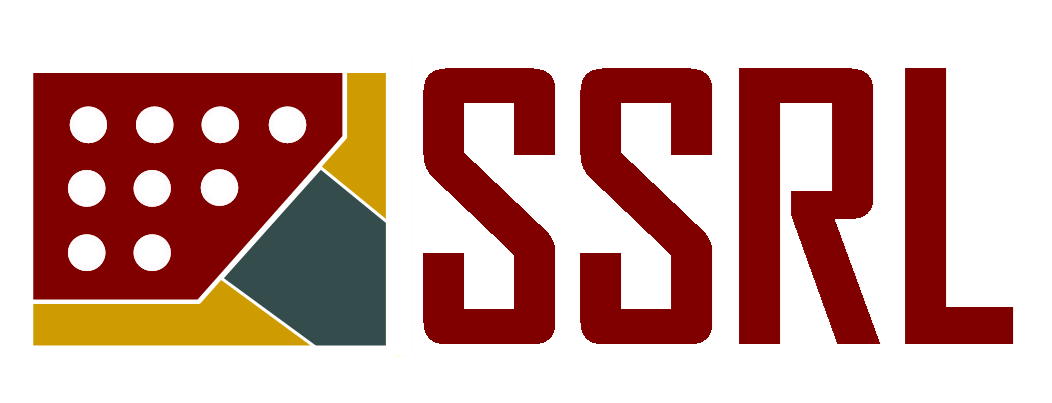
Research Implemented in Practice
BRBF-Es: 5-Level Mixed Use Complex in Palo Alto, CA
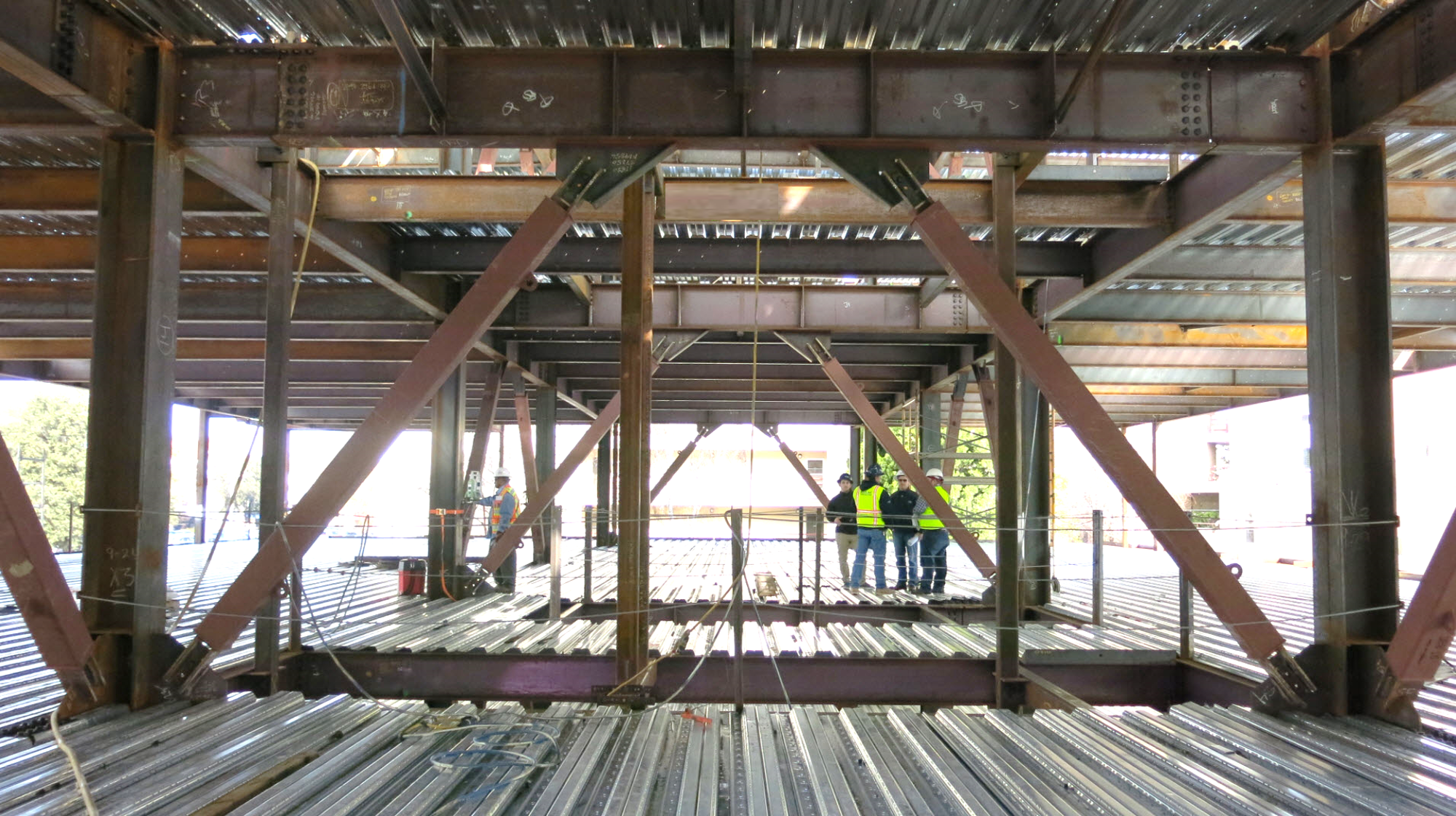
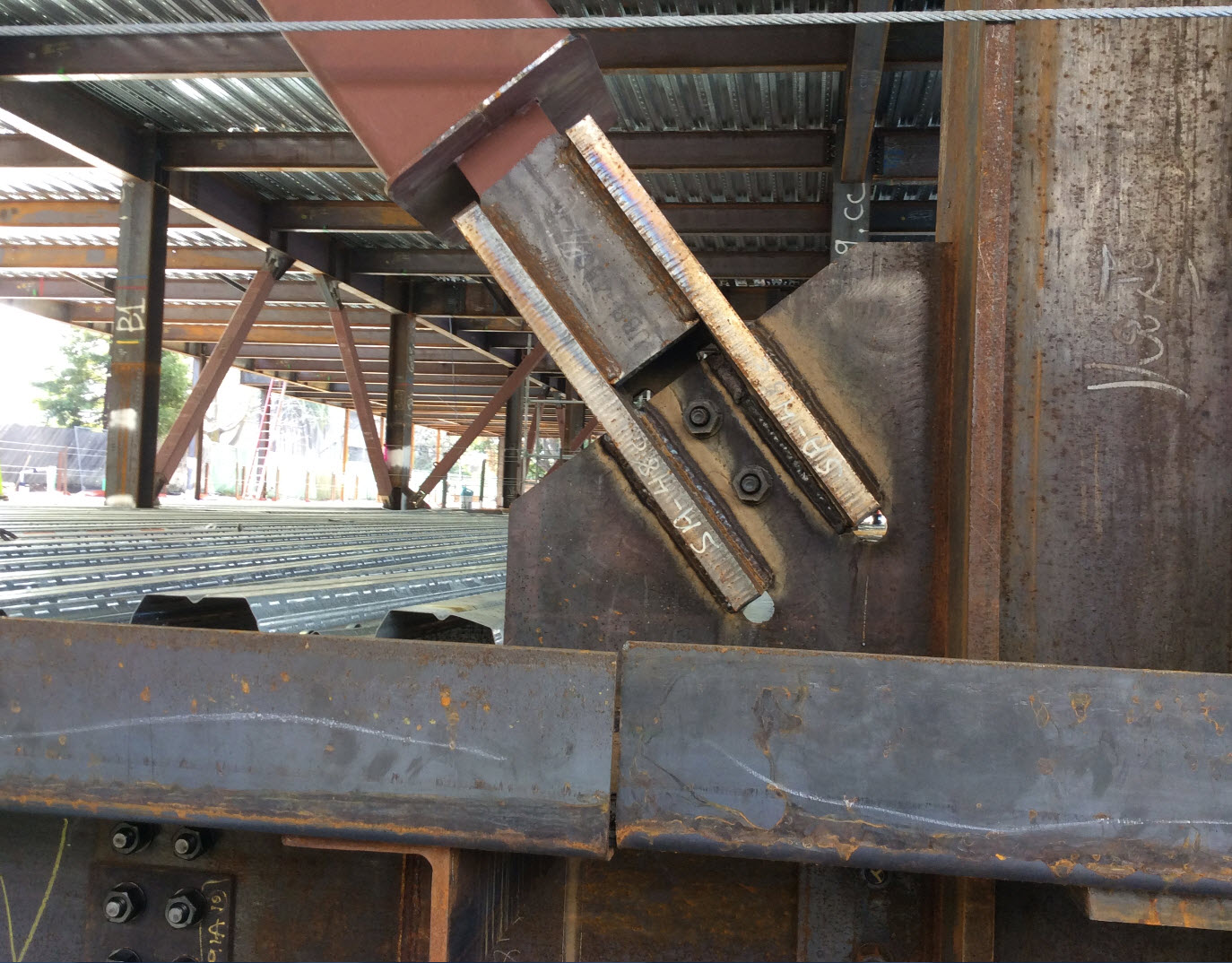
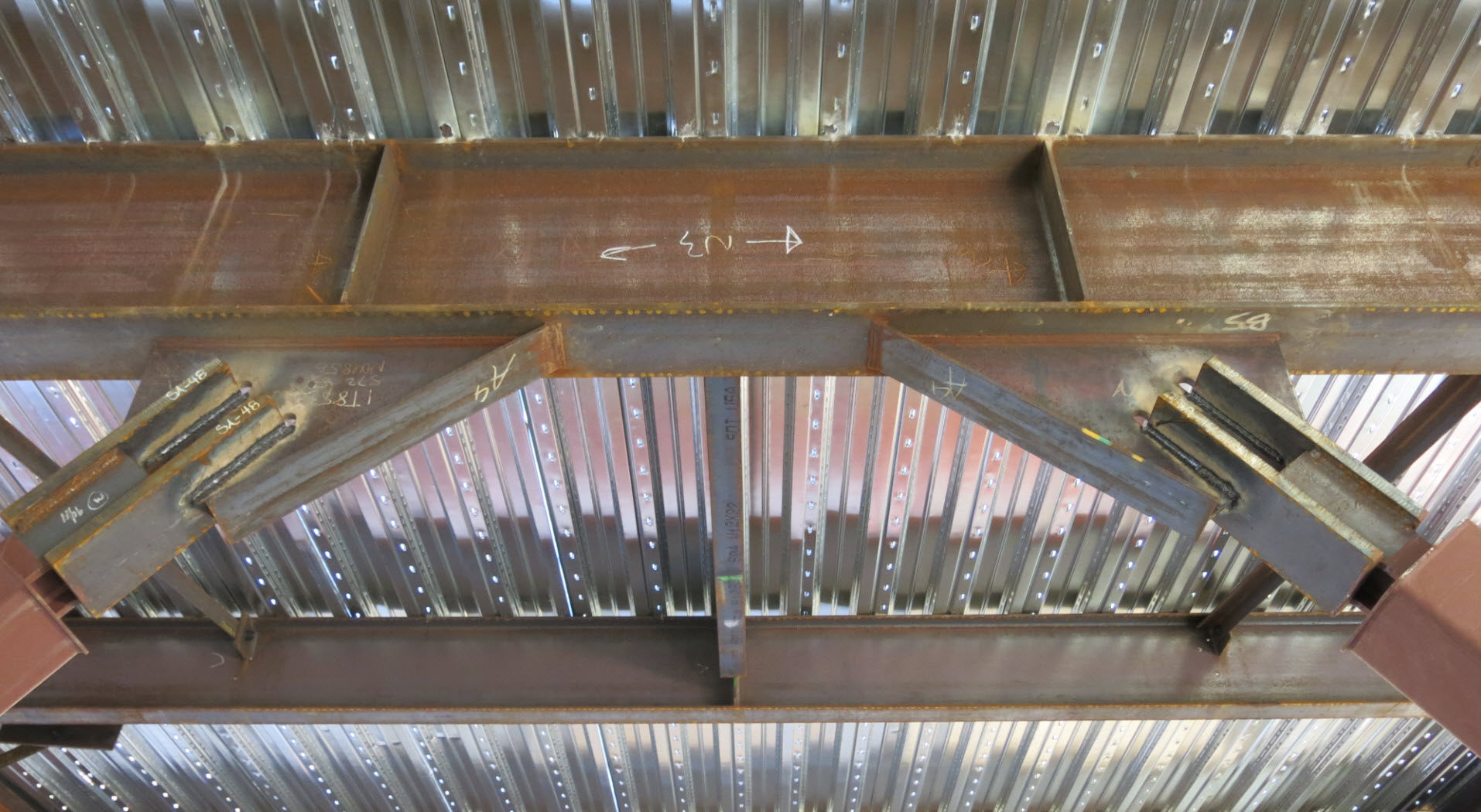
The recent design and subsequent construction of a 5-level (3 levels above ground) mixed use steel building in Palo Alto, CA, by ZFA Structural Engineers, represents the world’s first BRBF-E seismic system. BRBF-E configurations using ductile beam splices were first developed by Dr. Gary Prinz (at the University of Arkansas) and Dr. Paul Richards (at Brigham Young University) to overcome architectural challenges imposed by many steel seismic systems. Additionally, BRBF-Es provide a viable alternative to EBF configurations having link-to-column connections which are susceptible to weld fractures during seismic loading.
Architectural constraints can create unique challenges in the seismic design of steel buildings, requiring a balance between unobstructed views, accommodation of passageways, and adequate lateral resistance. The developed BRBF-E configuration now implemented in practice uses ductile beam splices and buckling-restrained braces in eccentric configurations to provide lateral stiffness and accommodate architectural features, while simplifying frame detailing and construction. BRBF-E research conducted at the SSRL aided ZFA Structural Engineers during the design process and aided county officials in approving the new frame configurations.
Contributions to the AASHTO LRFD Bridge Design Specifications, 10th Ed.
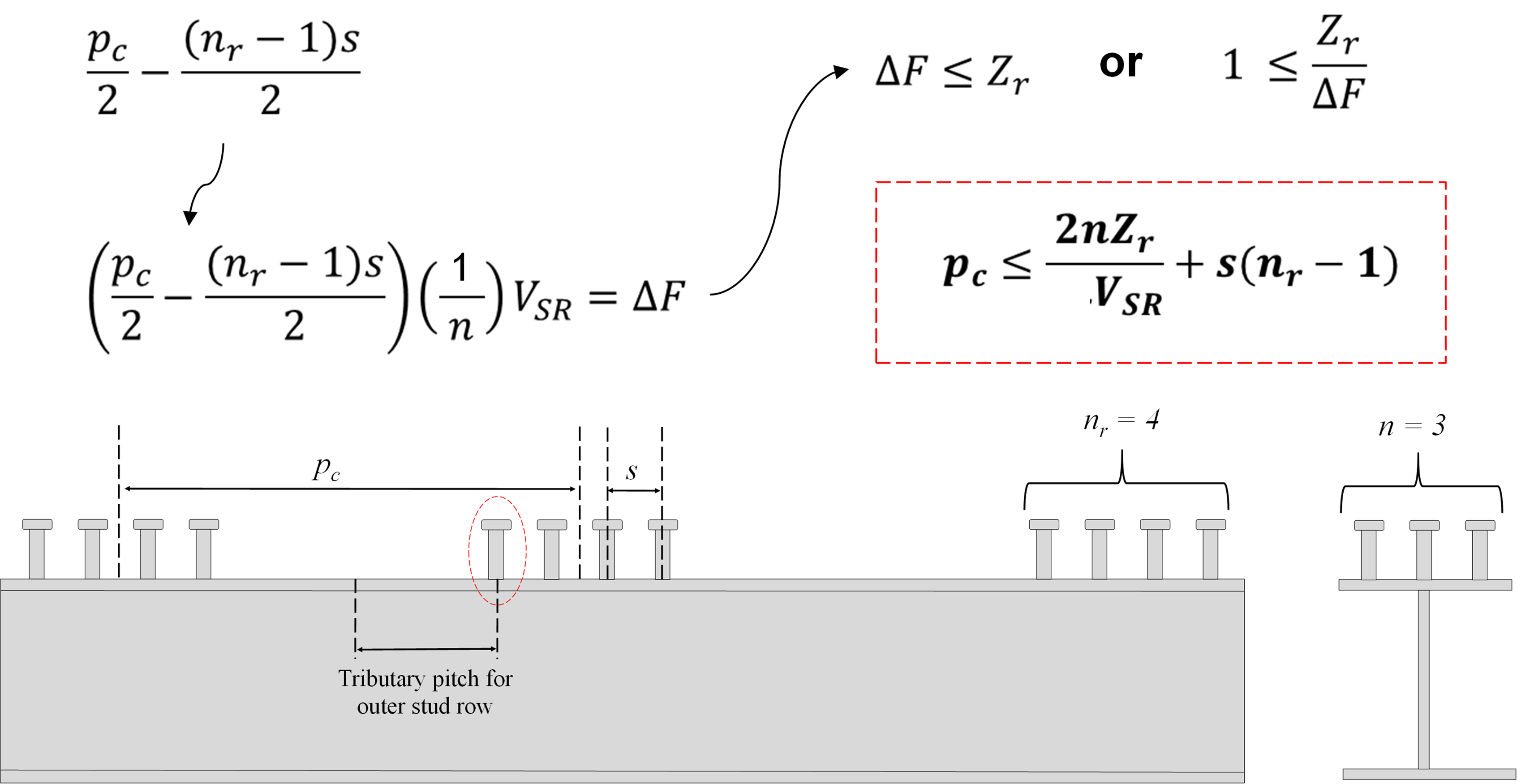
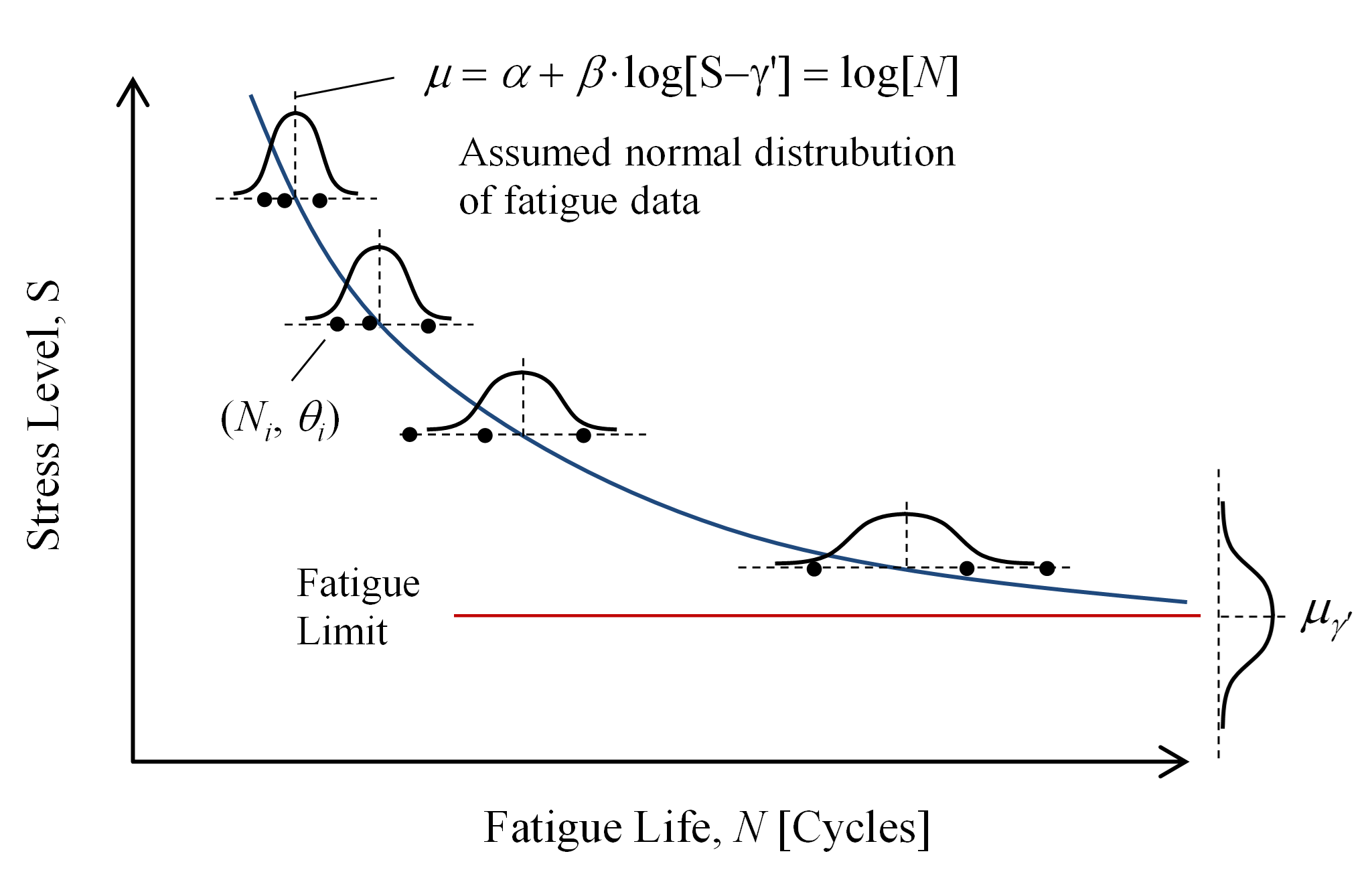
Several years of research into the behavior of headed shear studs in composite bridge girders have produced results showing that the AASHTO shear flow estimations may be improved to capture demands when groups of headed studs are arranged in clusters (which may occur if pre-cast decks are used). Equations and a new design method resulting from our research investigations were found to better predict complex stud demands in clusters and this approach is now included in the 10th edition AASHTO LRFD Bridge Design Specifications.
Additional research into shear stud fatigue behavior has led to improvements to the AASHTO LRFD finite-life S-N curves. Updates to the shear stud finite fatigue life curves are now integrated into the fatigue detail category tables and result in more efficient composite design when fatigue limits govern load transfer at the steel-to-concrete interface.
Contributions to ANSI/AISC 358-16
Research related to skewed special moment frame reduced beam section connections was used to provide guidance starting in the 2016 edition of the American National Standard ANSI/AISC358-16 on “Prequalified Connections for Special and Intermediate Steel Moment Frames for Seismic Applications”. The code commentary states:
“Limited analytical studies have been performed relative to the impact of beam skew on connection performance. Prinz and Richards (2016) report that frame beam skew angles between 10° and 20° in reduced beam section connections appear to cause limited increases in column torsional demand and limited additional flange tip yielding. They also report that skew angles of 10° reduce low cycle fatigue capacity in the reduced section region by less than one cycle. Thus, skew angles of less than 5° to 10° might be considered acceptable in reduced beam section connections. Similar analytical studies have not been conducted for other connection geometries.”
Ongoing funded experimental work for AISC related to the behavior of SMF connections having skew is anticipated to result in further design guidance for ANSI/AISC 341.
 SSRL Intranet
SSRL Intranet
